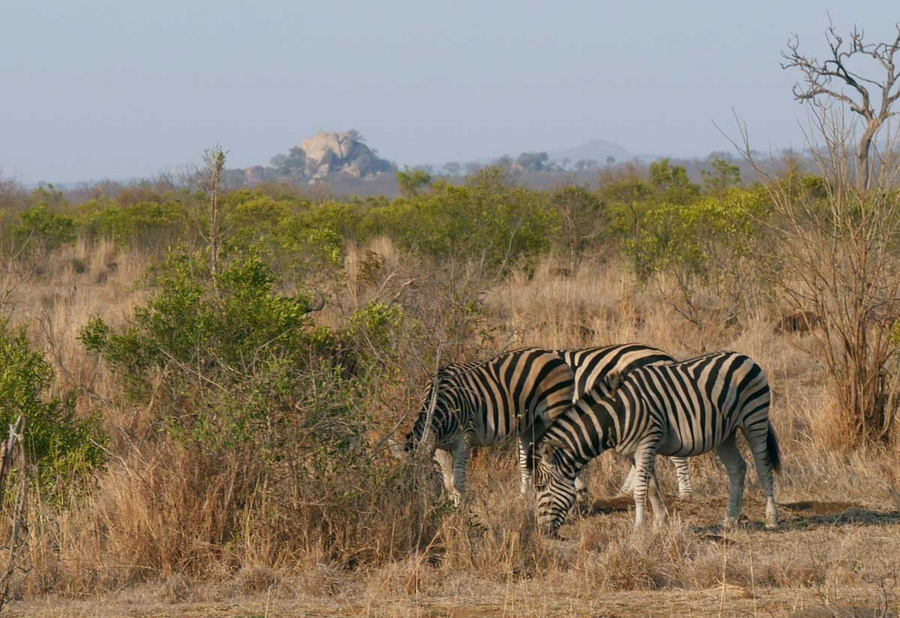
© Evelin Bergmann
Many animals have patterned fur, feathers, or scales, such as the stripes of a zebra. The orientation of stripes can be crucial in ensuring effective functionality. Often the orientation depends on the location on the body. For a standing tiger or zebra, stripes are aligned vertically around the torso and horizontally around the legs. For zebras, the stripes' width may differ too. How the orientation of the patterns is arranged and structured during development is yet unknown, though.
Postdoctoral researcher Michael Staddon from the research group of Carl Modes at the Max Planck Institut of Molecular Cell Biology and Genetics (MPI-CBG) in Dresden and the Center for Systems Biology Dresden (CSBD) now developed a new mathematical model based on the classic Turing model, where the orientation of the pattern is influenced by the shape of the surface.
The mathematical model known as a Turing model, named after the mathematician Alan Turing, explains how patterns can arise naturally in biological systems. It was proposed in 1952 as a way to describe how interacting chemicals, called “morphogens,” diffuse and react with each other to create patterns. However, standard Turing models generate patterns without any particular direction, while in nature these patterns are often aligned in specific directions.
“Our theory suggests how Turing patterns, like the stripes on tigers and zebras, align with the form and curves of the body. Their stripes go around the legs and torso, which is in the direction of highest curvature. In the mathematical model we developed, the pattern alignment of the stripes is coupled to the curvature of the surface,” explains Michael Staddon.
The model proposes that the curvature of an animal’s surface can influence the rate of diffusion in a pattern and help explain the correct orientation of patterns, like zebra stripes, through simulations. During early development in embryos, the surface curvatures are much more pronounced than in adults, so the effects of curvature on pattern formation can be stronger.
“Our model suggests that the shape of an animal can influence pattern formation without needing complex spatial signals. It introduces a new way of linking reaction-diffusion models, such as the Turing model, with local curvature information instead of large-scale signals,” explains Michael Staddon. “The model could also be extended to more curved areas, such as in early embryonic development when animals have bean-like shapes. I can imagine that the difference in fur color between the stomach and back in many mammals could be modeled using this curvature-based approach to pattern formation.”
Michael F. Staddon. How the zebra got its stripes: Curvature-dependent diffusion orients Turing patterns on three-dimensional surfaces. Phys. Rev. E 110, 034402 (2024) Published September 3, 2024